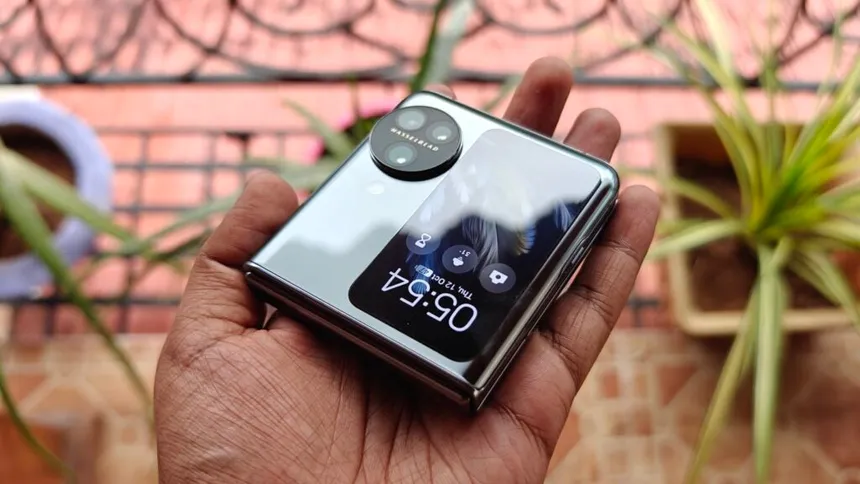Foldable smartphones have made significant progress in recent years, with each new iteration bringing improvements in design, functionality, and performance. Among the latest developments, the Oppo Find N3 Flip is making headlines with its triple-camera setup, a major leap forward from the dual-camera arrays typically seen in flip smartphones. According to a leaked render, the Find N3 Flip will feature a 50MP main lens, an 8MP ultrawide lens, and a 32MP telephoto lens on its cover. This impressive camera setup has the potential to revolutionize photography for users of foldable devices.
While the Find N3 Flip is expected to compete with the likes of the Galaxy Z Flip 5 and the Motorola Razr Plus in international markets, its availability in the US is uncertain due to Oppo’s limited presence in the country. If the camera setup gains traction, however, it may prompt other manufacturers to adopt similar arrays in their own foldable devices.

Oppo’s Find N3 Flip
The leaked camera specs are certainly impressive, but the Find N3 Flip’s design, particularly the size of its cover screen, may not be as compelling as anticipated. The screen appears to be smaller due to the need to accommodate three large cameras, which may position the phone slightly behind its competition, such as the Galaxy Z Flip 5, which is rumored to be receiving Samsung and Google app support. While the smaller screen may still be useful, its design is reminiscent of the Find N2 Flip, which, although impressive, may struggle to stand out in the market against more recent innovations.
Despite these concerns, the Oppo Find N3 Flip’s camera setup is undoubtedly a major selling point, offering more flexibility and capabilities for photographers. As the phone is poised to hit store shelves, it will be interesting to see how it fares against its competitors and whether its innovative camera system can justify its presence in the market. With Oppo focusing on international markets, the Find N3 Flip may have a better chance of making an impact, particularly if other manufacturers take note of its camera setup and begin to adopt similar designs in their own foldable devices.









































